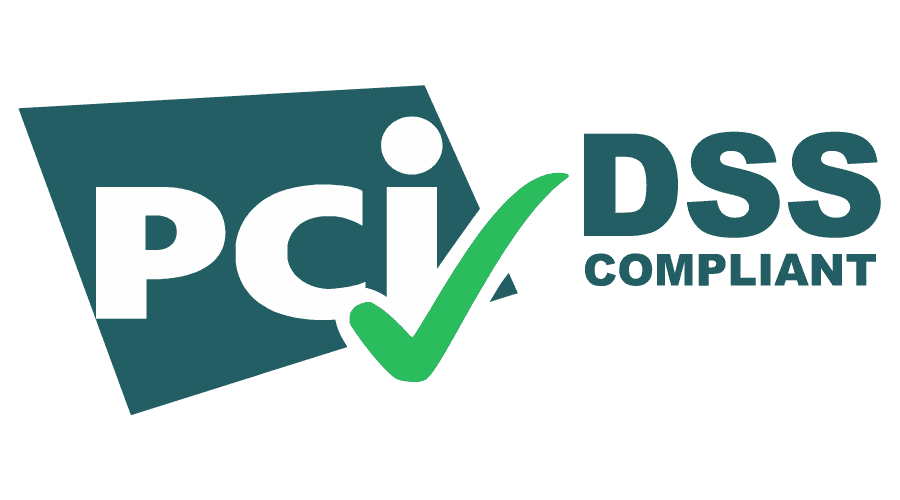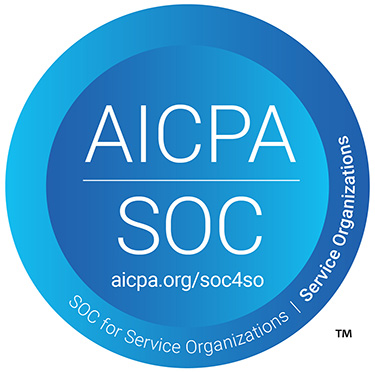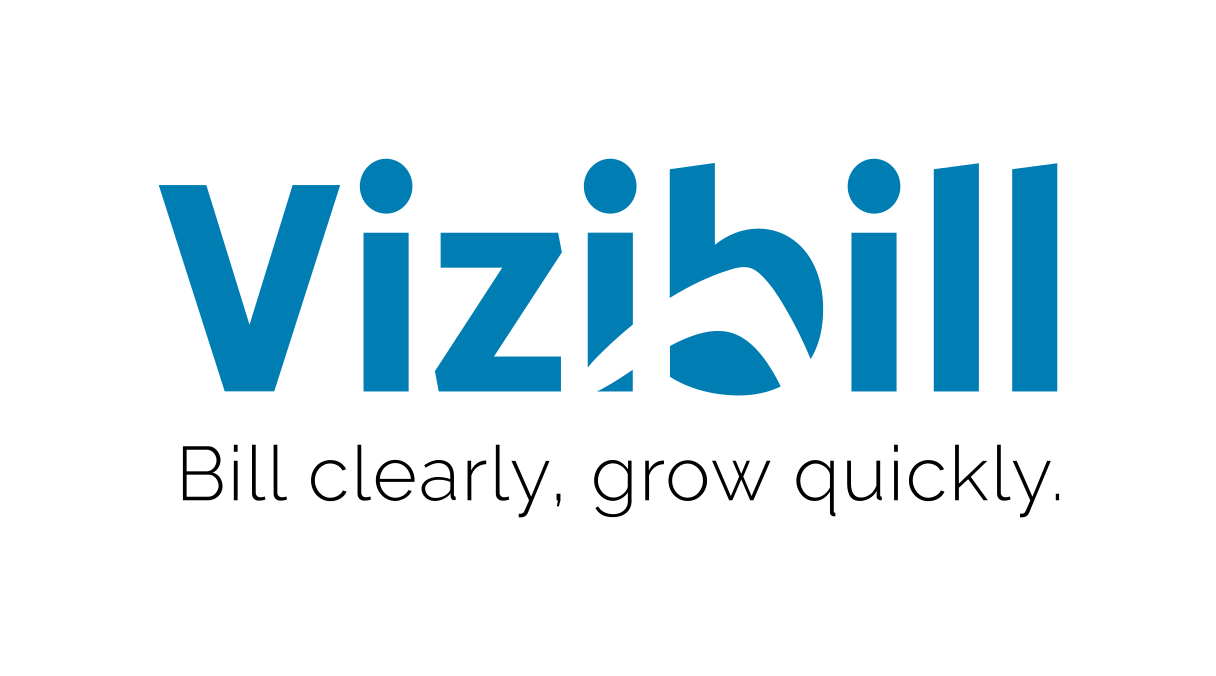Subscription business models have become more popular over the past few years as both businesses and consumers appreciate the predictability they offer.
Consumers appreciate predictable rates for services they need or products that arrive automatically. In turn, businesses can generate reliable, recurring revenue that allows for reliable business growth.
We can look at the growth in subscription eCommerce sale trends to see how popular both have become — the industry grew from US$16.49 billion in 2019 to $38.2 billion in 2023.
Businesses looking to benefit from this model need to closely monitor and make efforts to enhance subscription business model metrics. So, we’ll be exploring the primary subscription and SaaS KPIs to stay on top and give yourself the best chance of success.
What Are Subscription Business Metrics?
Most businesses have KPIs and metrics they monitor to gauge success or failure in specific areas and the overall health of the operation. The right KPIs to measure and improve vary based on the business model and industry.
Subscription businesses depend on acquiring and retaining customers for as long as possible. Enhancing KPIs related to these core goals is critical to building a successful business. For example, minimizing customer acquisition costs (CAC) while increasing Customer Lifetime Value (CLV) creates lasting recurring revenue to help power growth.
It’s business critical to have a strong understanding of which specific KPIs for SaaS and subscription businesses should be carefully monitored to shed light on how to improve operations.
Top Subscription KPIs To Measure and Enhance
So, what KPIs should you measure and strive to improve? It can be tempting to start tracking and enhancing every metric at the same time. However, it’s wise to focus on one or two KPIs at a time as you implement monitoring and undertake strategies to improve them.
We’ll break down some of the top KPIs for SaaS and subscription businesses to track, measure, and enhance to ensure a successful business.
Average Revenue per Customer (ARPC)
The Average Revenue per Customer (ARPU) is used in some other recurring business KPIs and is helpful on its own. Most SaaS and subscription businesses offer different plans or pricing structures, so ARPU helps understand how various tiers or add-ons are adding value to your business.
The formula for ARPC is:
ARPC = Total Revenue Earned / Total Number of Customers
Revenue and customers are based on the given period you’d like to monitor. ARPC is valuable for any given period, but make sure to use the same period for both variables in the equation.
Monthly Recurring Revenue (MRR)
The MRR is among the most important metrics for a subscription business. This KPI describes how much revenue is generated from recurring services each month. The MRR allows businesses to gauge the success of past campaigns while also informing the budget of future initiatives.
Balancing other metrics, such as customer acquisition costs (CAC) and customer lifetime value (LTV) alongside MRR, is necessary to build a lasting business. Ideally, customers will be acquired with minimal expenses and generate significant revenue for as long as possible. MRR reflects the success or failure of this goal.
The formula for MRR requires that you’ve already calculated ARPC for the given period:
MRR = ARPC * Total Number of Monthly Accounts
Annual Recurring Revenue (ARR)
The ARR is similar to the MRR but over a longer period of time. This KPI is typically used at the end of the year to review past performance and set goals for the upcoming period. The same balance of metrics that come into play with MRR are also put to work to grow ARR steadily.
ARR can be calculated with the following formula:
ARR = Average Annual Revenue per User * Number of Users
It’s also common to calculate the change in ARR between two periods by deducting them from each other. Understanding these increases or decreases is crucial for ensuring long-term success.
Customer Lifetime Value (CLV)
Customer Lifetime Value (CLV) is a broad KPI used in many eCommerce businesses that
describes the value generated since a customer was acquired. When it comes to the subscription business model, CLV is impacted by how long a customer stays signed up rather than returning to make new purchases in other business models.
CLV varies significantly based on industry, with one study showing that food & beverage has the highest CLV of $356, with the lowest belonging to home goods at $120. However, home goods subscriptions also have the highest retention rate at 51%.
This study shows that retention and subscription costs both come into play when determining CLV. Businesses need to find the right balance in costs and provide lasting value to keep increasing CLV over time. The formula for understanding your CLV is as follows:
CLV = Average Transaction Size * Number of Transactions * Retention Period
Customer Acquisition Cost (CAC)
SaaS and recurring businesses depend on acquiring and retaining new customers to grow. Unlike other business models where customers can be encouraged to spend more each time they make a purchase, it can be challenging to upsell existing customers.
As a result, CAC is crucial to growing the business. You’ll need to be aware of how much money was spent on marketing campaigns in the given period to understand CAC accurately. The formula is:
Cost of Marketing / Number of Customers Acquired = CAC
Some businesses also calculate CAC per campaign, which can give valuable insights provided you have the right tracking tools for attributing sales.
Churn Rate
A company’s churn rate describes how many customers have left in the given period and is a significant KPI for any recurring business model. Some amount of churn is expected for any business, but it must be maintained for the lasting health of a recurring billing business.
The formula for churn rate is:
Churn rate = Subscription Cancellations / Total Customers
A single lost customer for a recurring business isn’t just losing out on a sale but a recurring sale that may have otherwise been a significant amount of revenue.
Staying on top of churn rates and taking specific actions to reduce churn is of the utmost importance for SaaS and recurring businesses.
Trial Conversion Rate
How many customers sign up for a trial and then start paying for the service after the trial is over? The trial conversion rate is one of the top KPIs for SaaS companies to understand and increase over time.
How do you calculate trial conversion rates? The formulae to receive a percentage of trials that become customers are:
(Total Number of Trial Conversions / Total Number of Trials) * 100 = Percentage of Trial Conversions
Converting more customers from trials is critical for SaaS companies. If customers are not converting into paid accounts, why? What’s prompting them to leave, and how can you fix these issues?
Exit surveys and analyzing customer behavior can go far in helping shed light on why trial users are deciding to leave. From there, you can implement corrective action and measure how trial conversion rates change over time.
Adopt the Right Tools to Enhance Subscription Business Metrics
Staying aware of critical metrics is the first step in strategically growing the business. However, you’ll need effective tools to monitor and improve them. There are marketing-specific metrics to help track and measure performance so you always know where you stand.
Additionally, having an effective billing platform designed for recurring billing business models will help avoid any issues that may harm customer retention or revenue. Vizibill is purpose-built to help recurring and SaaS businesses effectively process payments, prevent any billing errors, and keep customers signed up.






